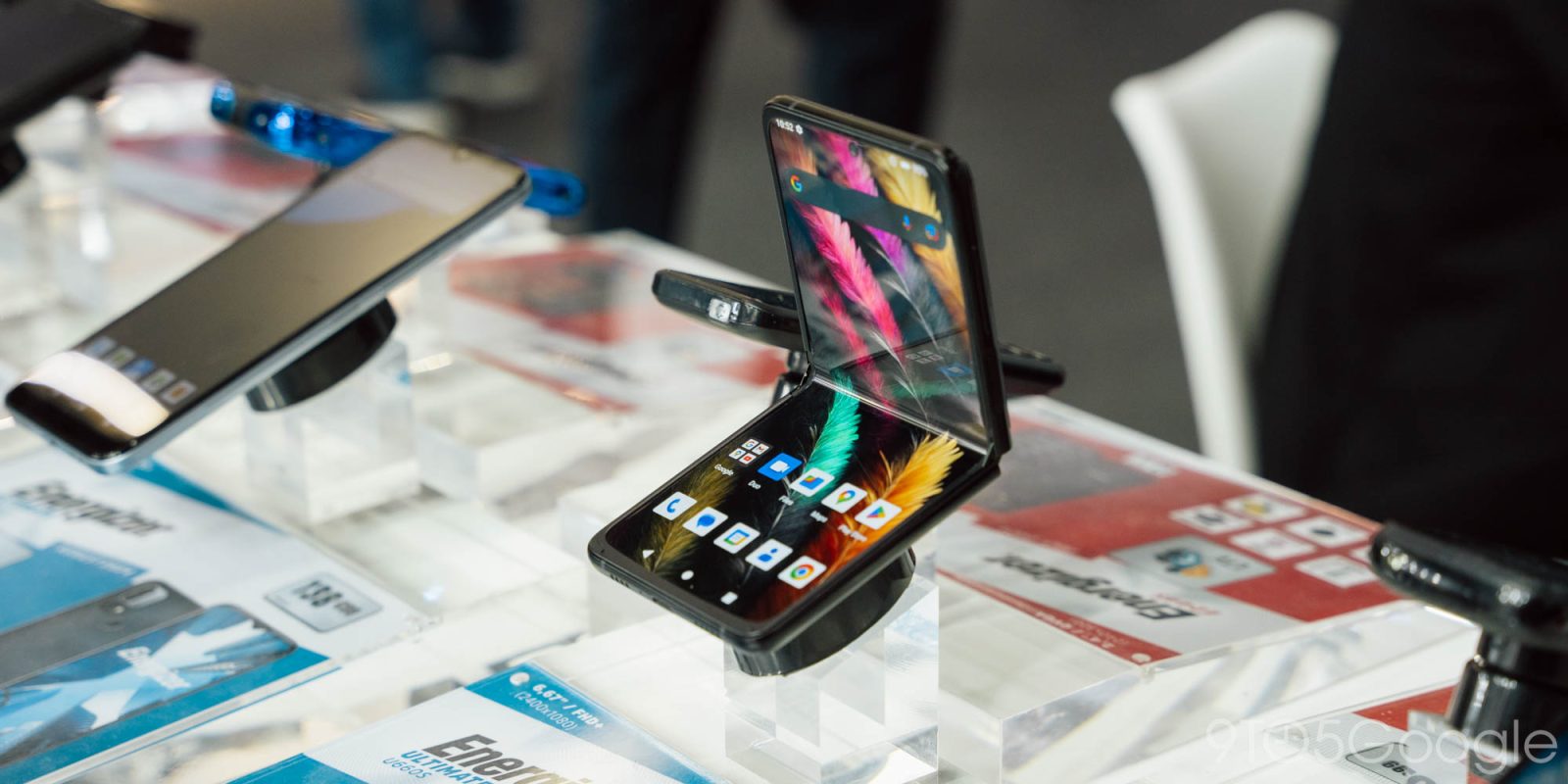
Foldable smartphones are still pretty expensive, but prices have been coming down. MWC 2024, though, was the place where it became abundantly clear that cheap foldables are coming, as several made an appearance.
Just a few years ago, flip phones of any type were pricey. Samsung’s original Galaxy Z Flip, for example, launched at a starting price of $1,380. And boy, how times have changed.
Motorola really ushered in the move for cheaper foldables, undercutting Samsung’s current $999 price tag with its $699, but often $499 Motorola Razr (2023). It’s a solid device at that price point, but it’s about to face a lot more competition.
One of the other affordable foldables that launched last year was the Tecno Phantom V Flip which I finally tried out here at MWC 2024. It’s rather good! I really like the circular outer display, love Tecno’s material and purple color choice, and the hinge felt solid too. The Phantom V Flip is powered by a MediaTek Dimensity 8050 chipset, one of the more powerful of what we’ll talk about here, and sadly isn’t sold in the US. But, internationally, it’s found for around ₹55,000.
Next up was the Nubia Flip 5G from ZTE. Similar to the Tecno, it has a circular outer display and really solid hardware. It feels like a slightly bigger Galaxy Z Flip 5, but a little sharper and clear-cut around the edges.
Nothing about this felt particularly flashy, but this is notably the same hardware as the ZTE Libero Flip, which is sold for under $500 in Japan. It’s one of the better-specced devices, too, with a Snapdragon 7 Gen 1 under the hood, a 6.9-inch inner display, 6GB of RAM, and 128GB of storage. Under the Nubia brand, the device will be sold for around $599, but it won’t be coming to the US. Rather, it’s headed for Europe, Africa, Latin America, and portions of Asia. There’s no firm release date.
Beyond that were some unexpected finds. The BlackView Hero 10 is a MediaTek Helio-powered foldable flip phone that actually impressed me on the hardware front. It has a faux leather texture outside and a delightful green color, and the matte side rails revive my favorite lost design aspect of the Galaxy Z Flip 3.
I don’t think this device will change the game in any major way, but it seems like a decent package. The Helio G99 chip is probably a bit underpowered, but it’s paired with a 6.9-inch display, 12GB of RAM, and 256GB of storage. Not bad. The exact price, though, hasn’t been confirmed yet.
Then, there was the unexpected arrival – the Energizer Ultimate U660S foldable.
This more-rugged flip phone was perhaps the most unique of the bunch. It’s got the same basic package as the Blackview device – Helio G99, 12GB RAM, 256GB storage – but with a hinge that feels way stronger – almost spring-loaded – while also having slightly bigger bezels around the smaller display. This display also stood out to me because, as I walked up to the booth, the crease was hidden just enough to where I overlooked the device a few times.
The outer hardware also has some nice touches, like that matte frame I like, and a funky brushed metal look to the space above the display.
There are definitely some hardware compromises, though. The gap when the foldable is closed is almost laughably big, and the outer display has huge bezels, and is also incredibly limited. It can only show the time, notifications, and a music widget. No settings, apps, etc. The Android skin is clean, but also changed in random ways that I wasn’t a big fan of.
This one, though, might actually arrive in the US market. The Energizer Ultimate U660S launches in November 2024, and will arrive in Europe for €499. Like the Blackview, though, it’s an LTE-only device, but at least it gets Android 14 where the Blackview is on Android 13.
The last foldable I tried to get hands-on time with was the Doogee Flip X. This device, as Michael Fisher pointed out, is rather similar to the Blackview foldable, just with a different fit and finish. However, I didn’t get a chance to try it out because, well, it broke. When I walked up to check it out I only saw an empty slot and was told by an employee that the device broke sometime during the day. I came back not long after to find that the slot had been filled by another device, and was being somewhat blocked off by a few employees. Doesn’t really instill confidence, especially seeing as a banner at the company’s booth showed two different foldable designs, and neither were present at the booth any longer just a mere two days into the conference, especially seeing as the company was apparently aiming for a launch in April.

I’m rather excited about this new influx of affordable foldable hardware, though what I really want to see is cheaper book-style foldables. Don’t get me wrong, I love a flip phone and I get why these are getting cheaper faster, but book-style devices deserve some more affordable options too. Maybe that’s around the corner.
More from MWC 2024:
- Here’s the Samsung Galaxy Ring [Gallery]
- Honor Magic 6 Pro launches globally with AI features, 180MP zoom camera, more
- I flew to Europe and forgot the OnePlus Watch 2’s charger – here’s how long it lasted
Follow Ben: Twitter/X, Threads, Bluesky, and Instagram
FTC: We use income earning auto affiliate links. More.

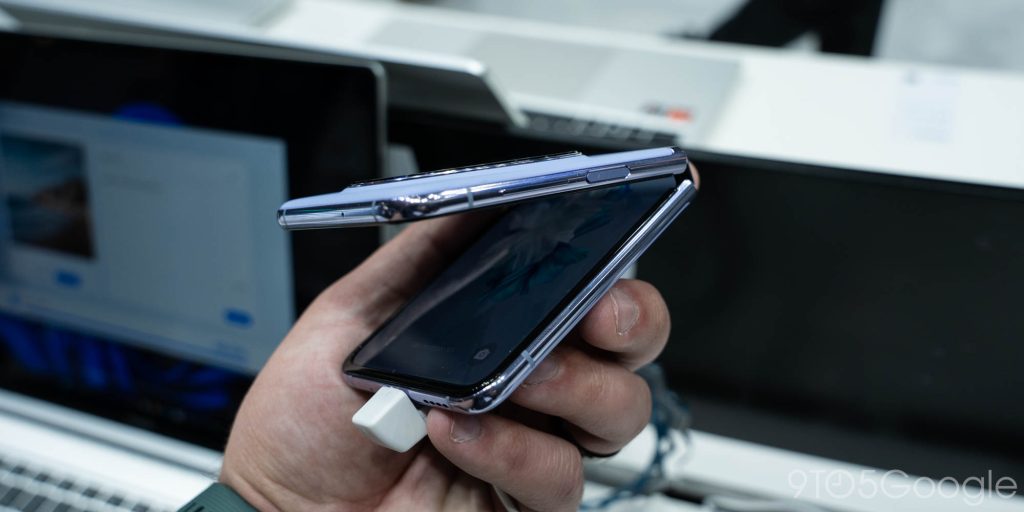
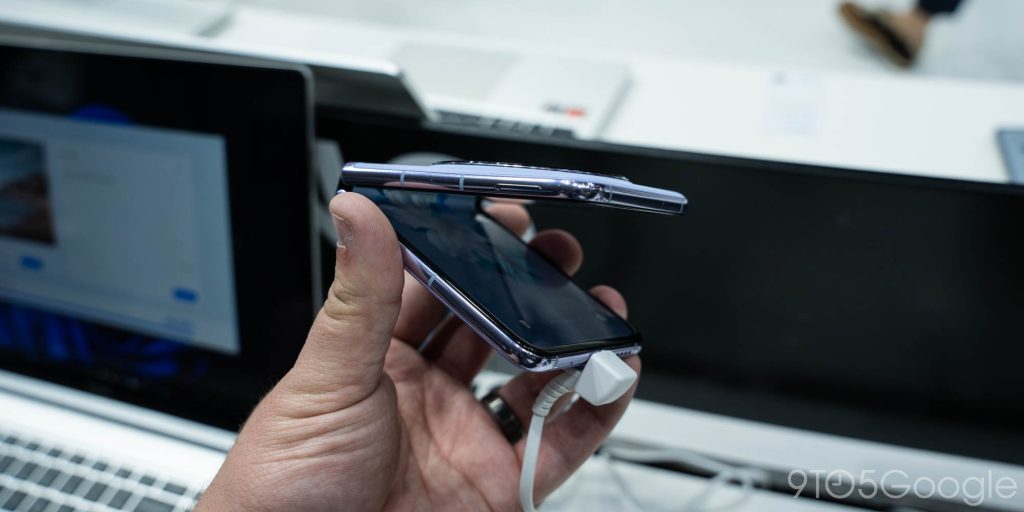
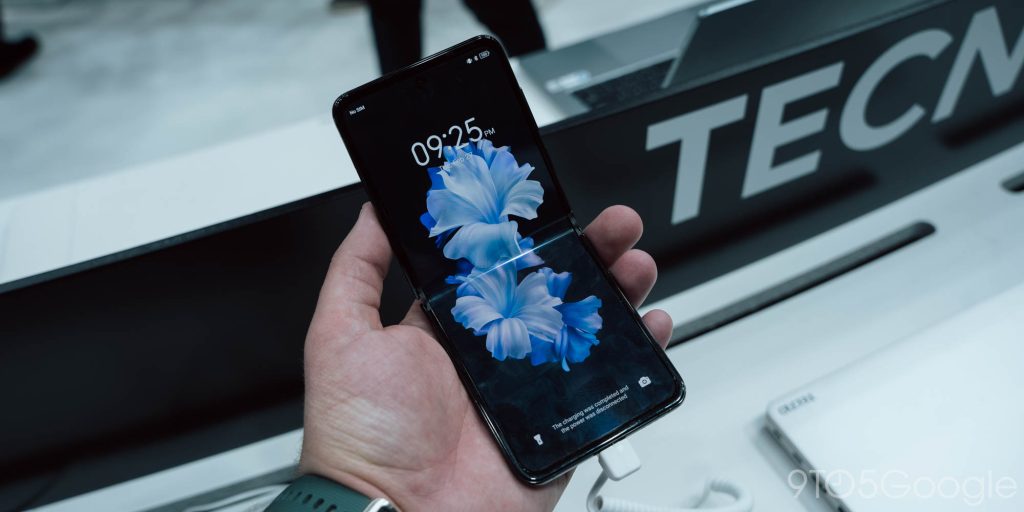

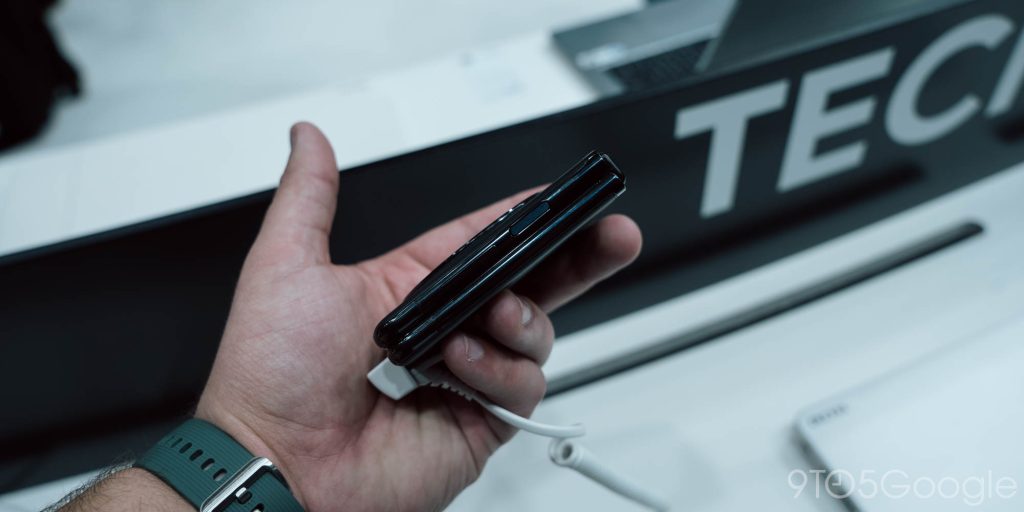
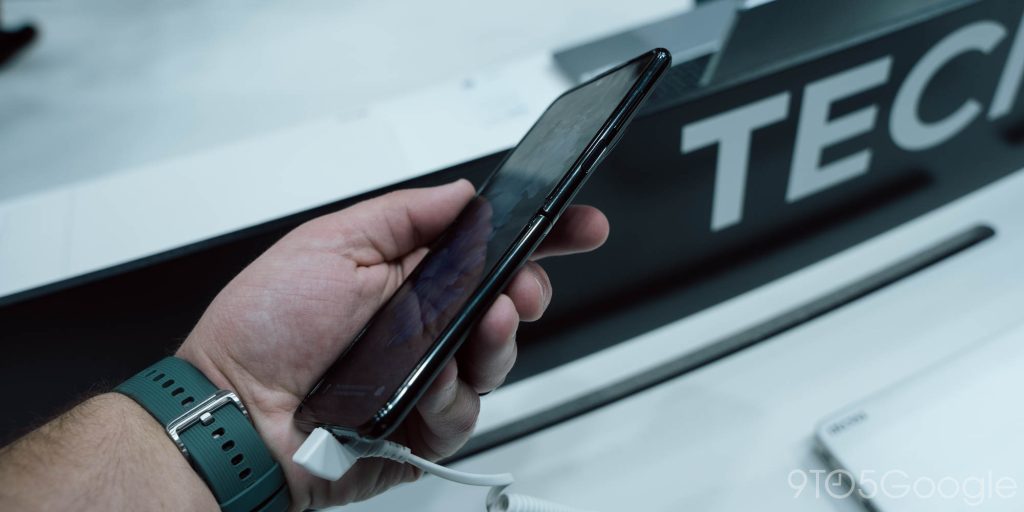
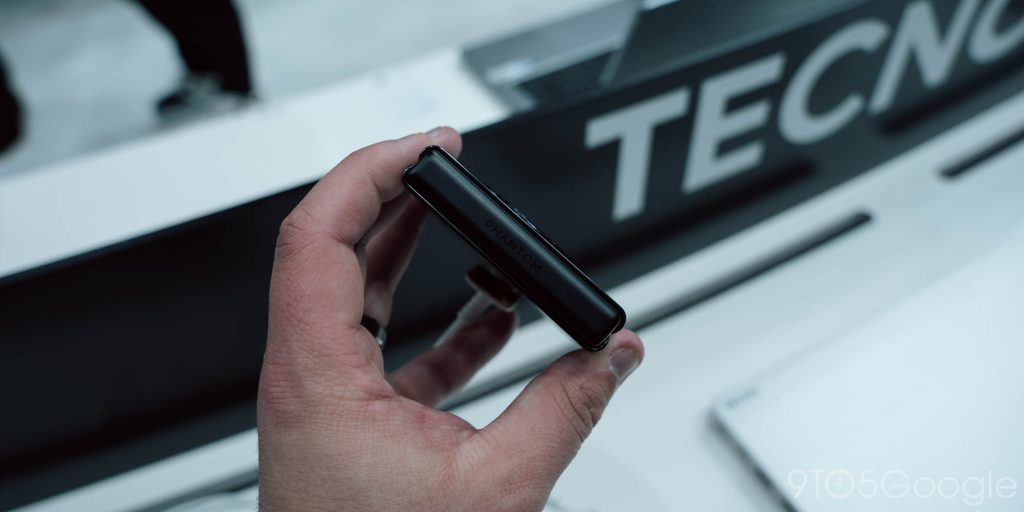
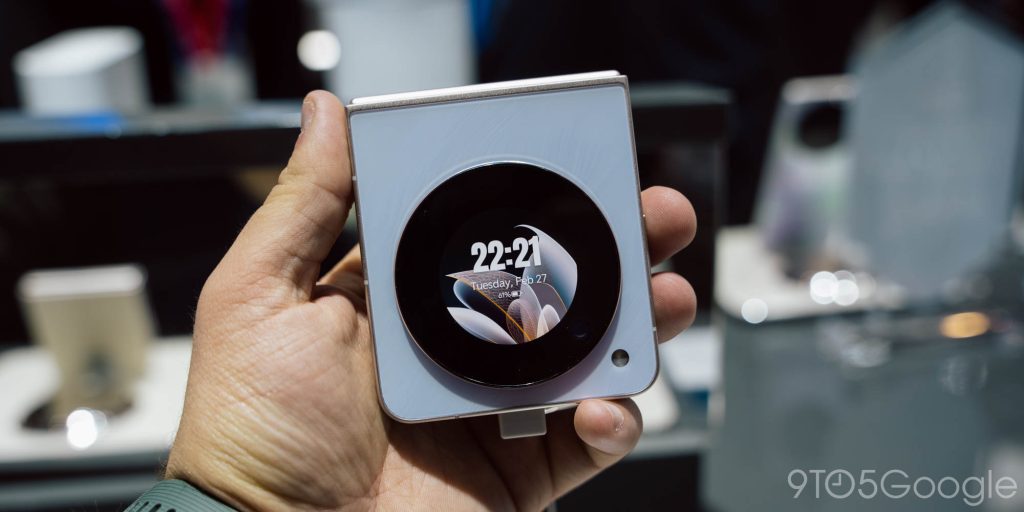


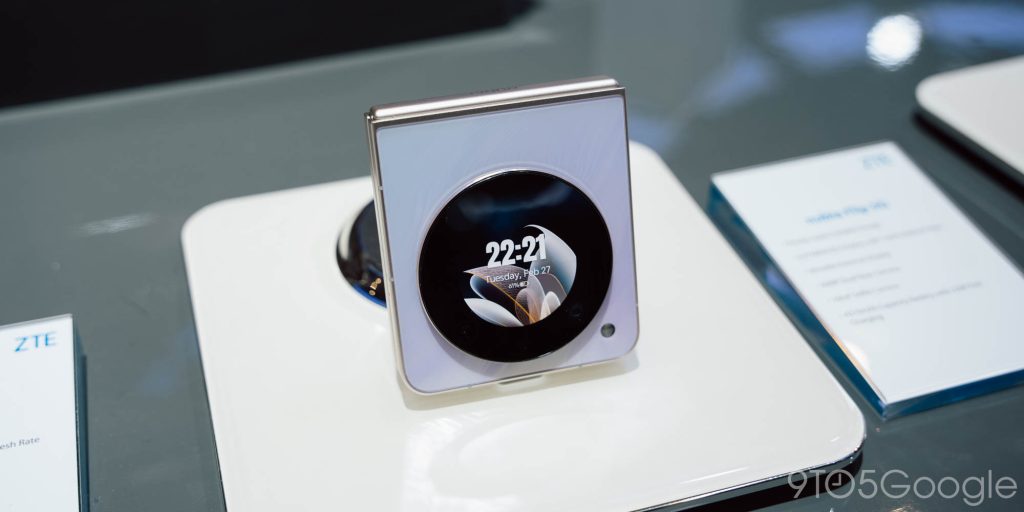
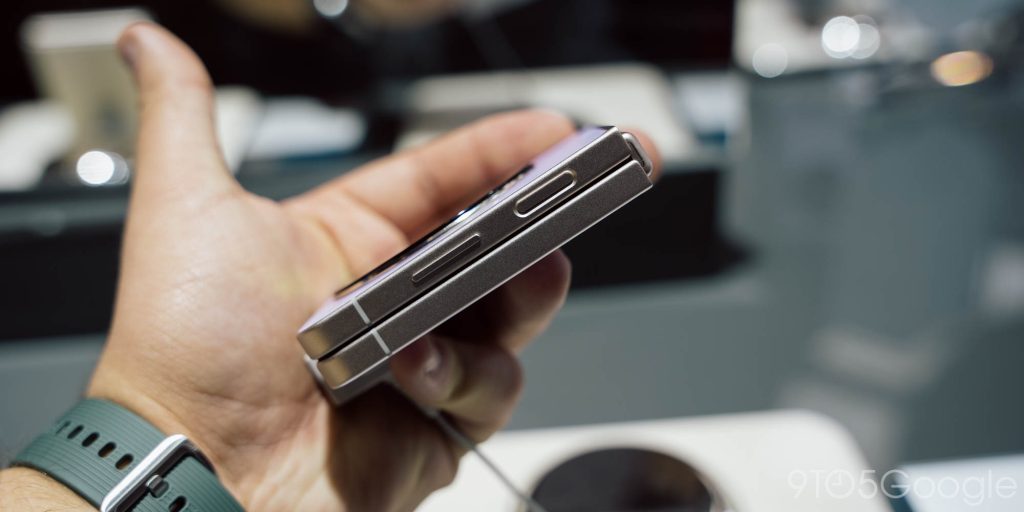
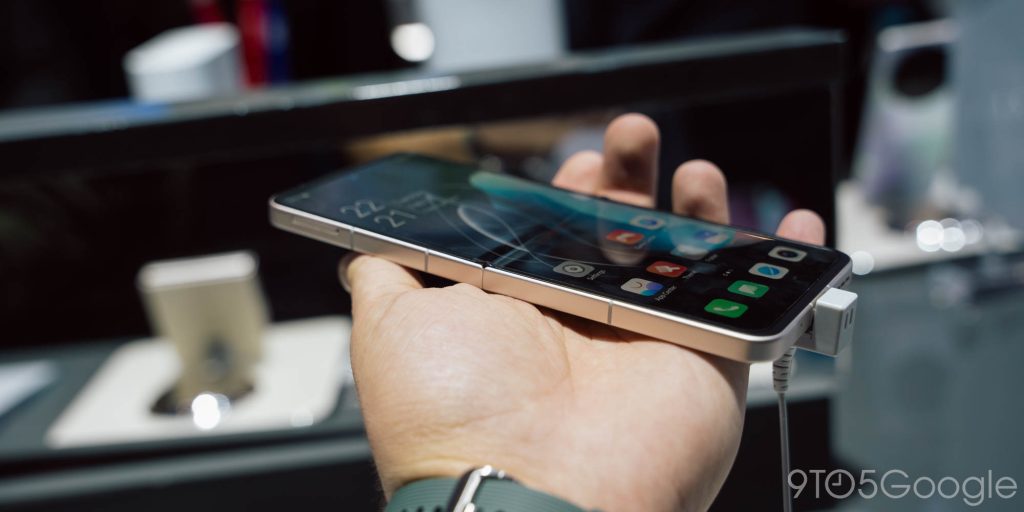

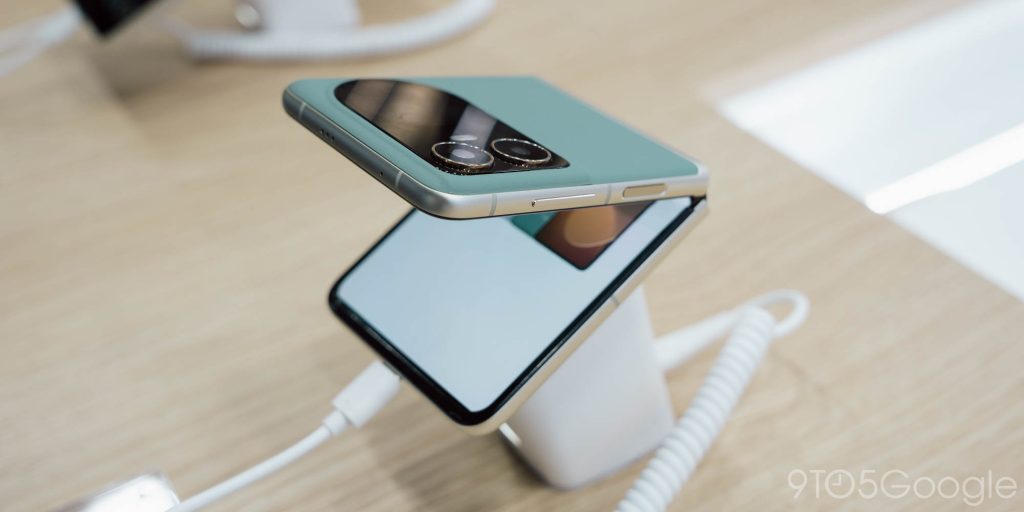
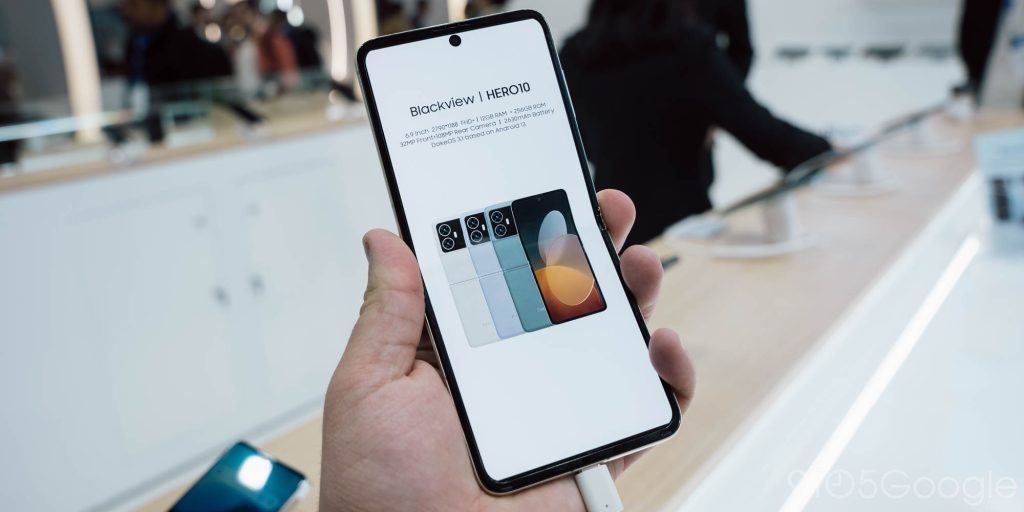

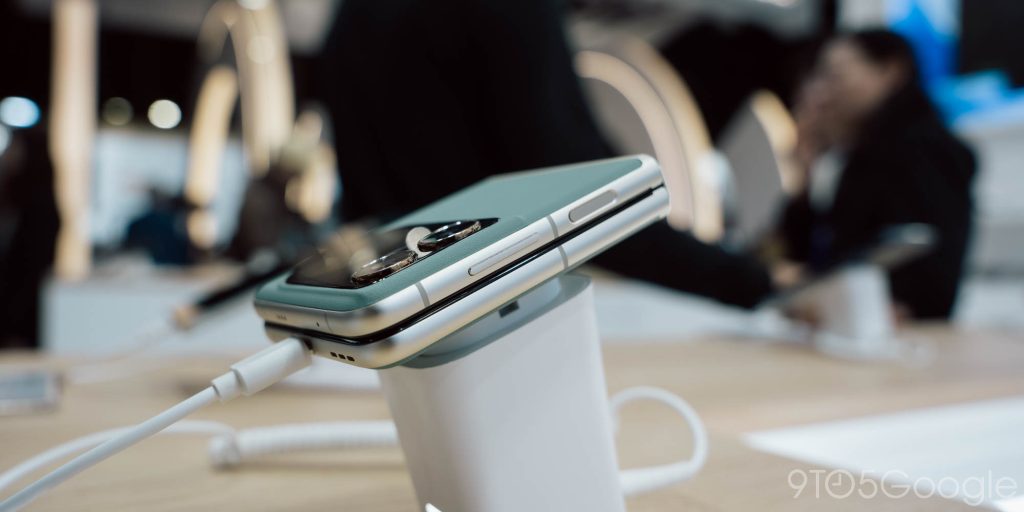
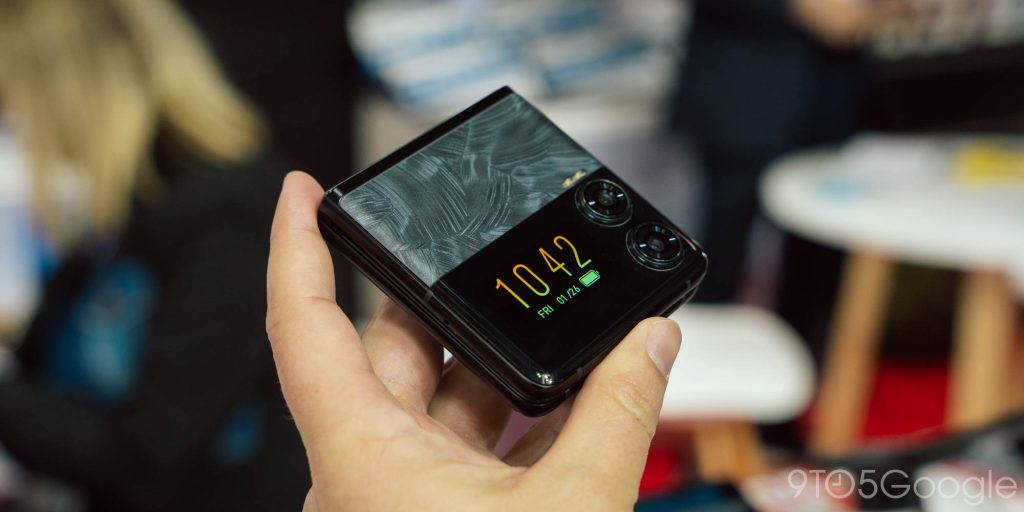
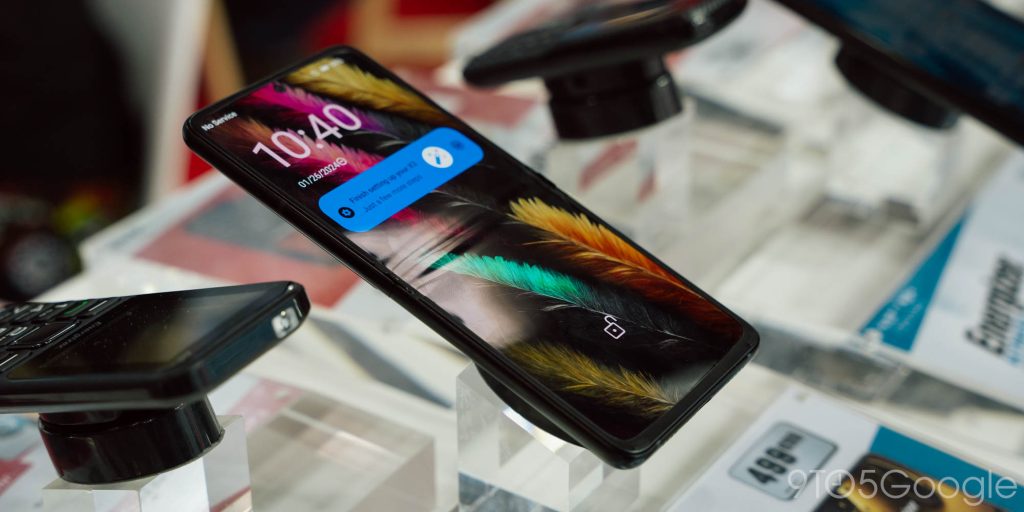
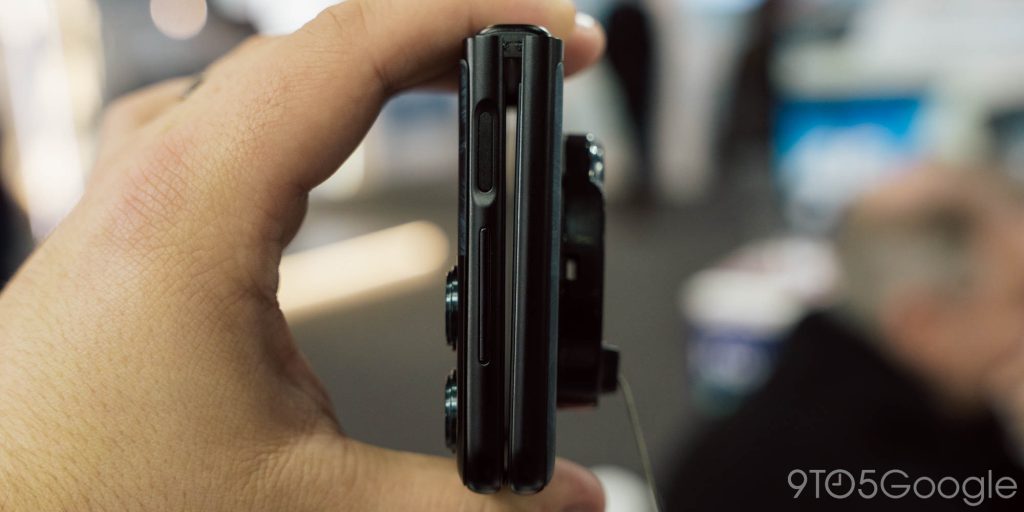
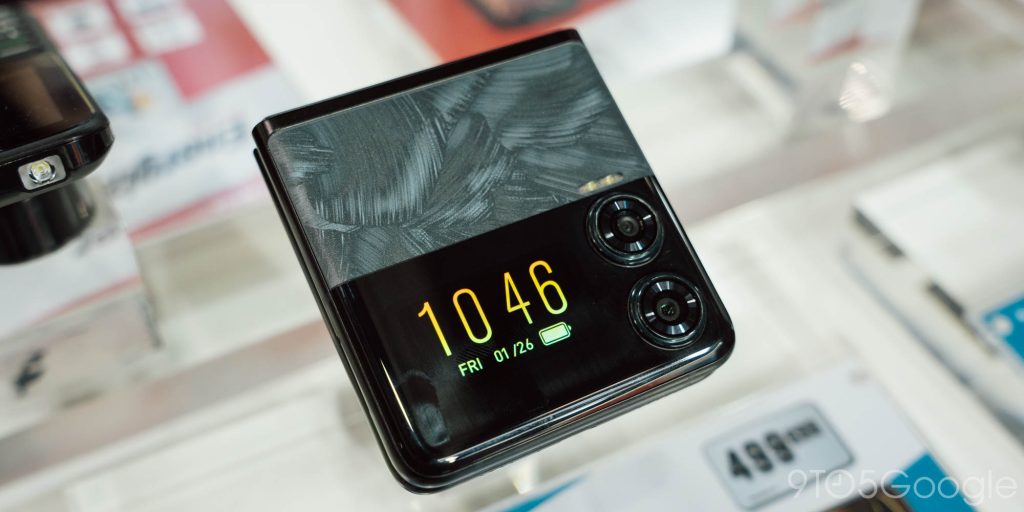
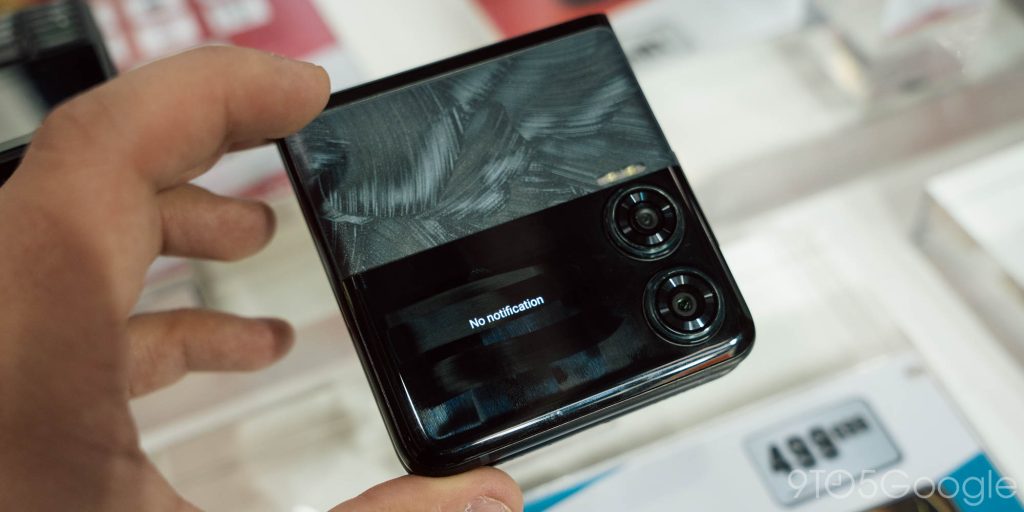
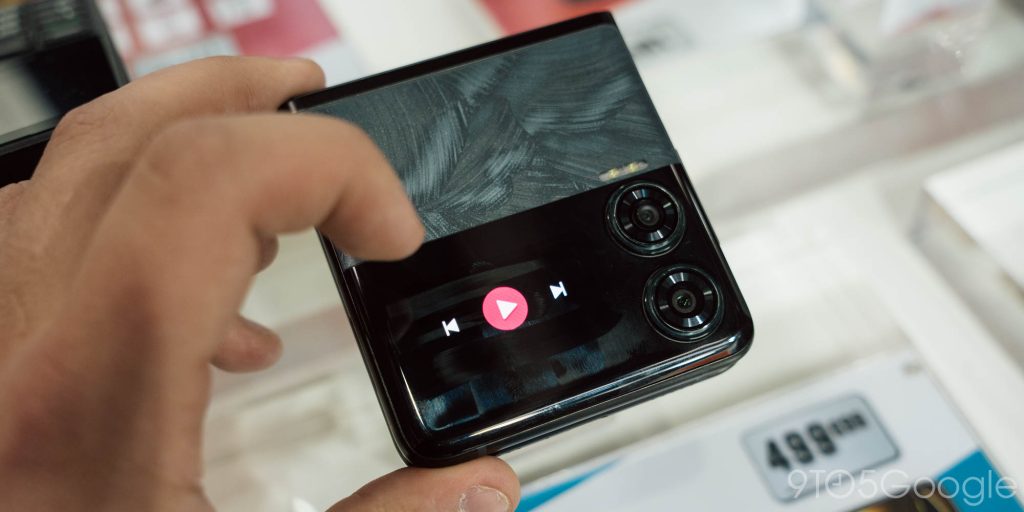
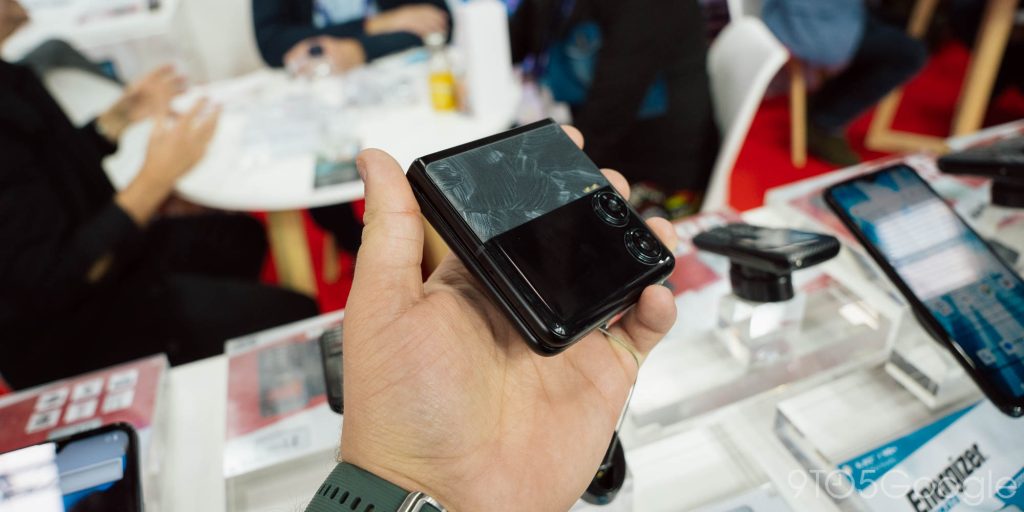

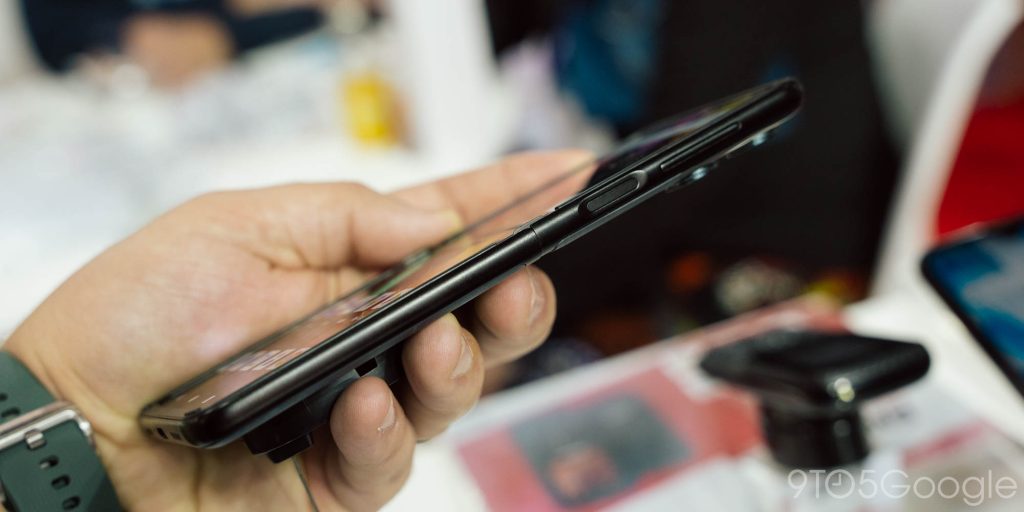

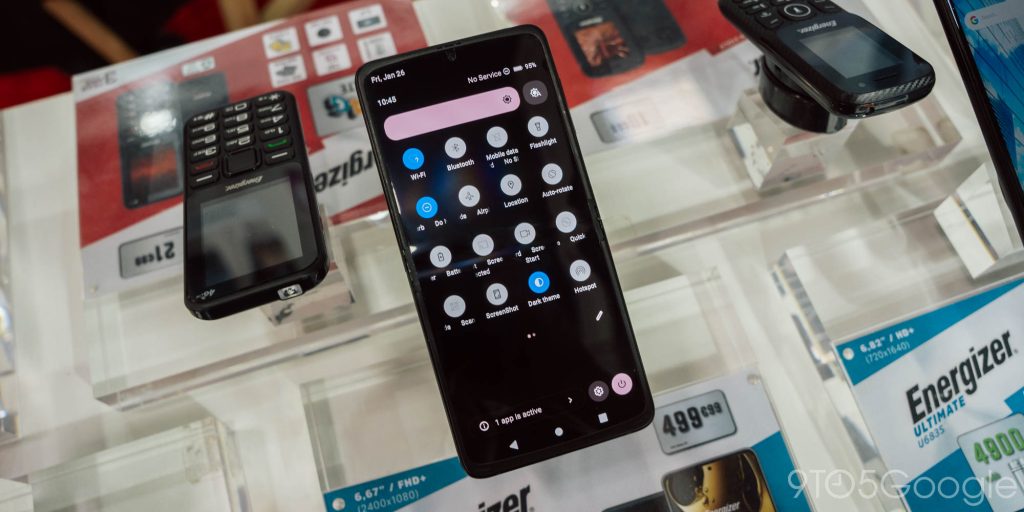
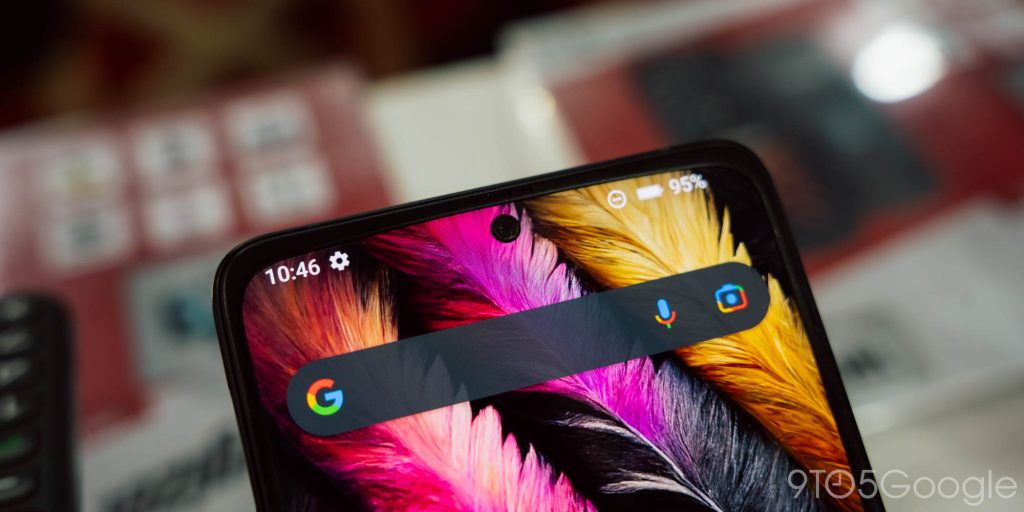
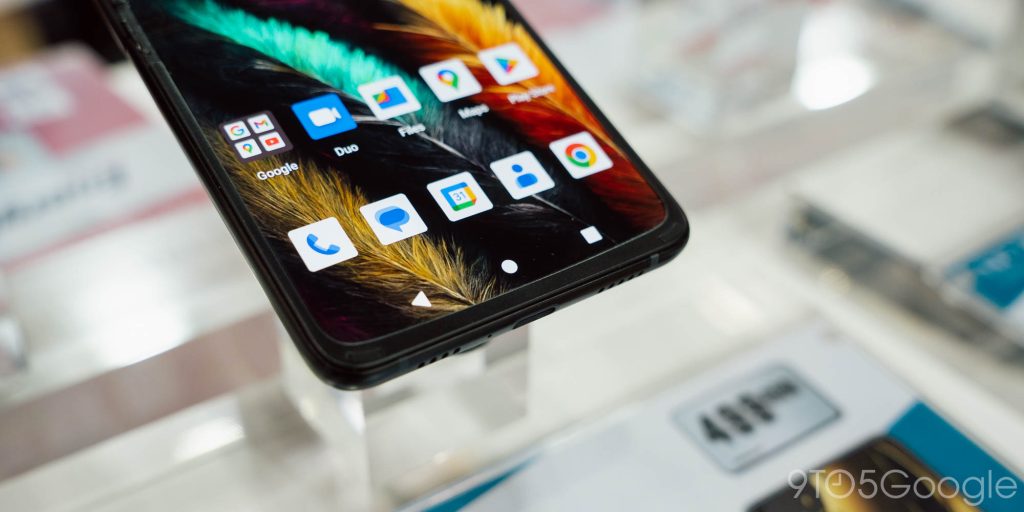
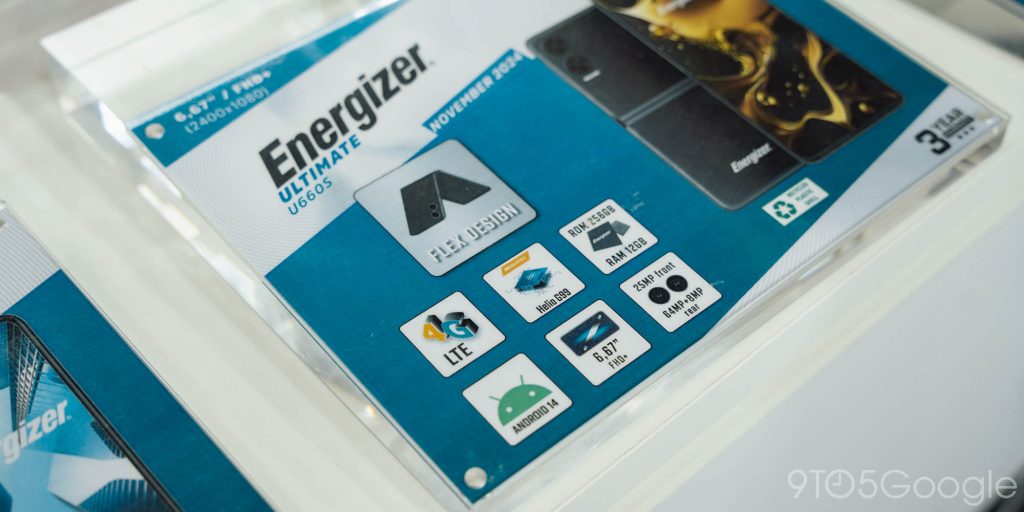



Comments